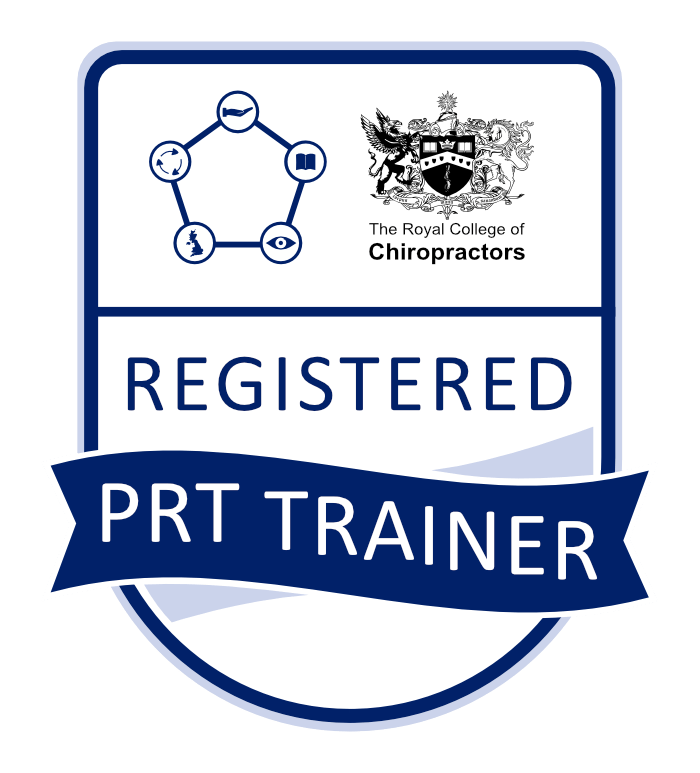What is Sciatica?
The sciatic nerve is the longest and largest in the human body, roughly the width of a thumb. It runs from the low back, out through the pelvis and down the leg into the foot. It is made up from nerve roots from five separate spinal levels at the bottom of the spine (L4 to S3). These joint together to form the sciatic nerve. The nerve has both a sensory and a motor component, providing sensation and movement to the legs.
Sciatica is usually pain, numbness or tingling in the low back, legs or feet. These symptoms are caused an inflammation of the sciatic nerve. This can happen by compression, damage or irritation of the nerve anywhere along its path.
What Causes Sciatica?
Spinal Stenosis: Narrowing of the spinal canal causing compression.
Spinal degeneration of the joints: Causing a narrowing where the nerves exit the spinal canal.
Disc prolapse or herniation: these bulges can press on the nerves as they exit the spinal canal.
Spondylolistheses: Where one vertebrae slips forward over another one.
Degenerative disc disease: reducing the cushioning effect of the discs so that the nerves have less space.
Piriformis syndrome: The piriformis is a muscle which passes over the sciatic nerve in most people. If it becomes too tight it can compress the nerve.
There are many more causes of sciatica, including some which are serious, and conversely not all leg pain is caused by sciatica, so it is essential that you consult a Chiropractor, GP or other qualified professional to examine you thoroughly and establish the cause before beginning any treatment.
Chiropractors and Sciatica
Chiropractors are trained specifically to carry out a thorough examination and determine what is causing your problem before starting any treatment with you. We individually tailor a treatment plan according to your needs, age, physical and general health. Typically treatment may include a range of therapeutic interventions including, but not limited to manipulation, mobilisation, massage and exercises.

There are some lifestyle changes you can make to decrease the likelihood of developing sciatica. Maintaining a healthy weight; exercising regularly; wearing sensible, low-heeled shoes; practicing good driving and workplace ergonomics and investing in a good, supportive mattress will all help to keep your spine healthy and functioning well.
If you’re concerned about Sciatica and your spinal health, then why not arrange a consultation session with one of our Edinburgh chiropractors to see if we can help? Check us out before we check you out on our Meet the Team page!


